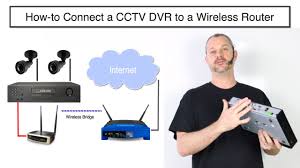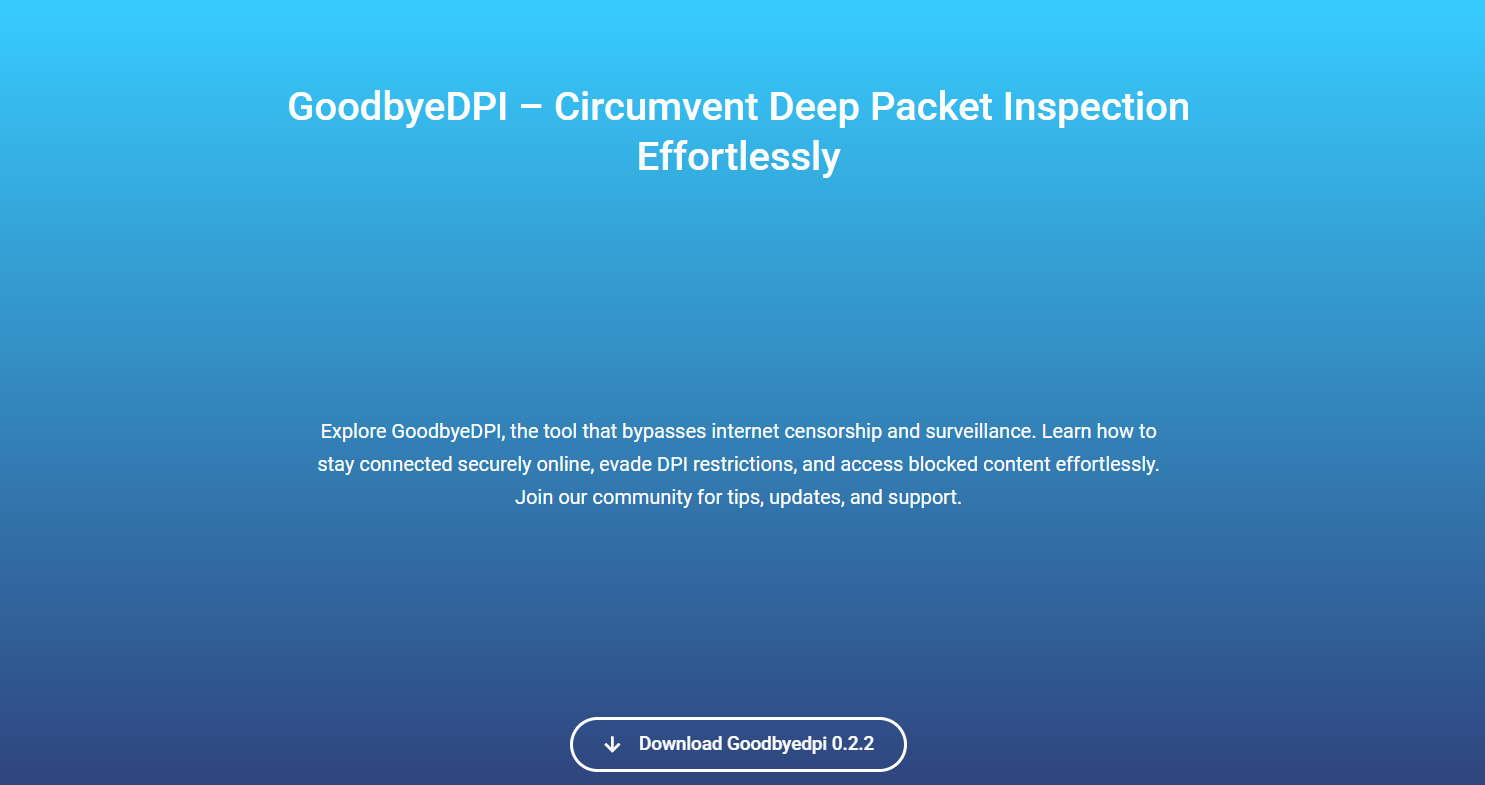Internet & Connectivity in CCTV Systems: What You Need to Know

CCTV systems have come a long way from the days of grainy footage and manual storage. Modern CCTV cameras are now smarter, more efficient, and often connected to the internet. But how exactly does internet connectivity affect a CCTV system? Do you really need internet for cameras to work? And what are the advantages and limitations?
In this detailed guide, we’ll break down the role of the internet in CCTV systems—covering how it works, when it’s required, and what options you have based on your location, needs, and budget.
Do CCTV Cameras Need the Internet?
The short answer is: not always. A CCTV system can function without an internet connection, but its capabilities will be limited.
Here’s how internet connectivity changes what your system can do:
| With Internet | Without Internet |
| Remote viewing via phone or PC | Only local viewing on a monitor |
| Cloud storage of footage | Local storage (hard drive or SD card) |
| Real-time alerts and push notifications | No alerts; manual footage review |
| Smart detection with AI | Basic motion detection (if supported) |
| Software updates and remote access | Limited system updates |
How the Internet Works with CCTV Cameras
When a CCTV camera is connected to the internet, it uses either a wired (Ethernet) or wireless (Wi-Fi) connection to transmit data.
Here’s what typically happens:
- The camera captures video footage.
- That footage is sent to a recorder (like an NVR/DVR) or directly to the cloud.
- With internet access, you can:
- View live footage from your mobile device
- Receive alerts based on motion detection or intrusions
- Download past recordings remotely
Wired vs. Wireless Connectivity
Both wired and wireless CCTV cameras can use the internet, but they connect in different ways.
Wired Internet Connection (Ethernet)
- Uses a cable (Cat5e/Cat6) to connect to the router or NVR
- Stable and fast connection
- Lower chance of signal loss or interference
- Best for businesses, multi-camera setups, and long-term use
Wireless Internet Connection (Wi-Fi)
- Connects through a Wi-Fi signal from your home or office router
- Easier to install, especially in finished buildings
- May suffer from signal interference, depending on wall thickness and router strength
- Suitable for small homes or where wiring is difficult
Note: Even wireless cameras usually need a power source, unless they are battery-operated.
Minimum Internet Speed for CCTV
To stream or view footage smoothly over the internet, your CCTV system needs a minimum upload speed—especially for high-resolution video.
Recommended Upload Speeds:
| Resolution | Upload Speed per Camera |
| 720p (HD) | 1 – 1.5 Mbps |
| 1080p (Full HD) | 2 – 3 Mbps |
| 4MP – 5MP | 3 – 5 Mbps |
| 4K (Ultra HD) | 6 – 8 Mbps |
So, if you have 4 cameras streaming at 1080p, your internet upload speed should be at least 8–12 Mbps for smooth remote viewing.
Mobile Access and Apps
One of the biggest benefits of internet-enabled CCTV is the ability to monitor your property remotely using a mobile app or computer.
Features You Can Access Remotely:
- Live video feed from one or more cameras
- Playback of recorded footage
- Push notifications for motion or intrusion
- Two-way audio (if supported)
- PTZ controls to move the camera angle remotely
Most professional systems come with mobile apps that work on iOS and Android. Setup usually involves:
- Scanning a QR code on the DVR/NVR
- Registering your account
- Connecting to your Wi-Fi or data plan
Cloud Storage vs. Local Storage
The internet also opens the option of cloud storage—where footage is saved online instead of a physical device.
Cloud Storage Benefits:
- View or download footage from anywhere
- Safer from theft or fire (if someone steals your DVR, footage is still online)
- Easy to upgrade or expand
- No hardware maintenance
Limitations:
- Monthly or yearly fees (depending on the provider)
- Requires a strong, constant internet connection
- May have storage time limits (e.g., 7, 14, or 30 days)
Local Storage (No Internet):
- Stored on DVR/NVR or SD card
- One-time cost
- Not accessible remotely unless the system is connected to the network
- Vulnerable to damage or theft
Smart Features that Require Internet
Many modern CCTV cameras come with AI-powered smart features—but they usually require internet access to function properly.
Examples:
- Face recognition: Detect and identify known individuals
- Vehicle and person detection: Distinguish between humans and other motion (e.g., tree movement)
- Intrusion zones: Custom alerts for specific areas
- Line-crossing detection: Triggers when someone crosses a defined virtual line
Without internet, these features either won’t work or will be limited to local-only notifications (e.g., a light blinking on the camera).
Can CCTV Work Without the Internet?
Yes, CCTV can still operate without an internet connection, but with reduced functionality.
Here’s what you can still do offline:
- Record and save footage on a DVR, NVR, or SD card
- View live footage through a connected monitor
- Play back old recordings locally
- Set up basic motion detection (in supported models)
However, you won’t be able to:
- View footage remotely
- Receive mobile alerts
- Use cloud storage
- Update firmware remotely
- Control the system via app
Offline systems are suitable for high-security, isolated, or rural locations, where internet access is limited or unavailable.
Internet Security Considerations
If your CCTV system is connected to the internet, cybersecurity becomes a priority. Hackers targeting unsecured systems is a real risk.
Tips to Secure Your CCTV Online:
- Change default usernames and passwords immediately
- Use strong, unique passwords
- Keep firmware and apps updated
- Set up firewalls or VPN access
- Avoid public Wi-Fi for system setup or access
- Enable 2-factor authentication if available
Also, choose a reliable provider that takes data privacy seriously—especially if you’re using cloud storage.
What If You Don’t Have Reliable Internet?
No internet? No problem—you still have options:
Alternatives:
- Use local NVR with HDMI output for on-site viewing
- Install standalone cameras with SD cards
- Consider 4G/5G-enabled cameras with a SIM card (good for remote or mobile sites)
- Use solar-powered cameras with built-in storage for off-grid areas
These solutions are great for:
- Farms and rural areas
- Construction sites
- Temporary installations
- Mobile workspaces like food trucks or vans
Professional Installation & Setup
Installing an internet-connected CCTV system may seem simple, but setting it up correctly—especially the network settings—can be tricky.
A professional installer will:
- Connect cameras securely to your network
- Configure cloud or local storage
- Set up your mobile access and test it
- Provide training on using the system
- Ensure the system is protected from cyber threats
If you’re looking for expert CCTV installation in Adelaide, a trusted provider is: Aussie Tech Solutions – CCTV & Camera Security Services in Adelaide
They offer tailored solutions that include setup, internet integration, mobile access, and after-sales support to ensure your system runs smoothly.
Final Thoughts
Internet connectivity adds powerful features to your CCTV system—from mobile monitoring and cloud backups to real-time alerts and smart detection. But it also requires careful planning in terms of bandwidth, security, and compatibility.
To summarize:
Internet is not mandatory, but it’s highly beneficial Choose between wired or wireless based on your property and layout Ensure upload speed matches your camera resolution Use secure passwords and update software regularly Opt for professional installation to avoid setup errors
Whether you need a basic offline system or a fully connected smart security network, understanding how internet and connectivity work will help you make the right decision.




